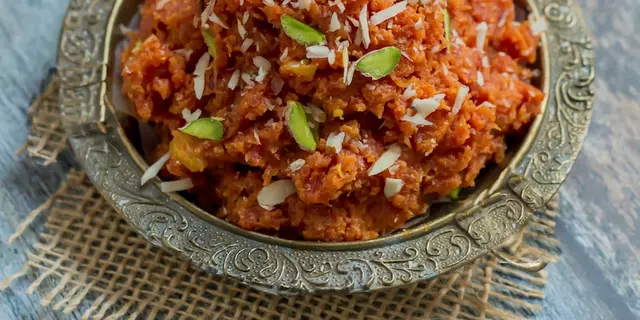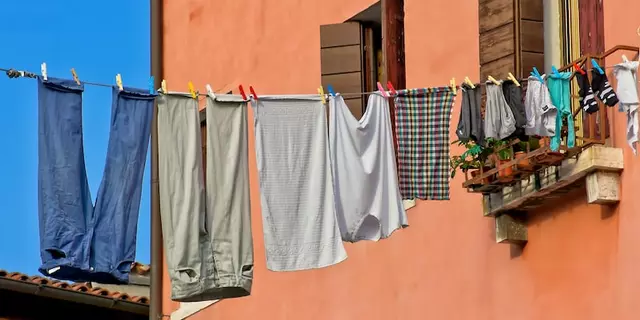The KFC Big Bash League 2024-25 is set to ignite Australia’s summer with a bang—literally. On December 15, 2024, the Perth Scorchers will open the 14th season against the Melbourne Stars at Optus Stadium in Perth at 4:15pm AEDT. This isn’t just another T20 tournament—it’s the heartbeat of Australian summer cricket, and this year’s 45-match marathon runs through to January 27, 2025, with eight franchises battling for glory under the lights and in front of roaring crowds.
Who’s Playing and Where?
The eight teams—Hobart Hurricanes, Sydney Sixers, Sydney Thunder, Melbourne Stars, Perth Scorchers, Melbourne Renegades, Brisbane Heat, and Adelaide Strikers—will play 10 matches each in a double round-robin format. Matches are spread across seven iconic Australian grounds: Optus Stadium in Perth, Sydney Cricket Ground, Manuka Oval in Canberra, Blundstone Arena in Hobart, The Gabba in Brisbane, Adelaide Oval, and ENGIE Stadium in Sydney. The schedule is packed with Friday and Saturday night fireworks, but don’t overlook those Sunday afternoon clashes—family outings and backyard barbecues are about to get a cricket upgrade.
Star Performers and the Race for the Golden Bat
The run chase isn’t just about team wins—it’s personal. Mitchell Owen is leading the charge with a blistering 452 runs, putting him on track to break the single-season BBL scoring record. David Warner, ever the crowd favorite, sits second with 405 runs, proving age is just a number when you’ve got a cover drive that could power a small car. Then there’s Cooper Connolly (351), Glenn Maxwell (325), and Marcus Stoinis (311)—all players who can turn a match in six balls. These aren’t just stats; they’re narratives. Owen’s consistency, Warner’s swagger, Maxwell’s chaos—it’s what makes BBL feel like a soap opera with bats and helmets.
How to Watch: From Canberra to Kolkata
If you’re in Australia, you’re in luck: Channel 7 will broadcast every match free-to-air. In the UK, Sky Sports has the rights, ensuring British fans don’t miss a single six. But here’s the twist: India, home to over 3 crore cricket fans, gets its own dedicated platform—FanCode. With over 10 million app downloads and a reputation as India’s premier sports streaming hub, FanCode isn’t just broadcasting the BBL—it’s making it feel like a local event. International viewers? They’re turning to VPNs like ExpressVPN and NordVPN to access geo-blocked streams. The irony? The league that started as a domestic showcase now draws a global audience that outnumbers its own population.
Why This Matters Beyond the Scoreboard
The BBL isn’t just about entertainment. It’s a talent pipeline. Over 60% of Australia’s current national team players cut their teeth in this league. Young guns like Connolly and emerging all-rounders are getting national exposure before they’re even eligible for Test caps. Meanwhile, overseas stars—many of whom play in the IPL—use the BBL as a springboard to re-enter international squads. The timing is perfect: with the T20 World Cup in 2026 looming, this season is a crucial audition. Cricket Australia, headquartered at the Melbourne Cricket Ground, knows this. That’s why they’ve doubled down on scheduling—no back-to-back away games, more weekend slots, and even a New Year’s Day double-header. They’re not just selling tickets; they’re selling identity.

What’s Next? The Knockouts and Beyond
After the 40 league matches, the top four teams will advance to the finals series. The current standings—Hobart Hurricanes leading with 15 points, followed by Sydney Sixers with 14—suggest a tight race. But form can flip in T20 cricket faster than a reverse sweep. One rain delay, one dropped catch, one six from Maxwell in the final over—and the whole table shifts. The finals are scheduled for late January, with the final likely landing on Saturday, January 25 or Sunday, January 26. Whoever wins will carry the momentum into the international season. And if the crowd noise at The Gabba or the SCG is any indication, the winner won’t just lift a trophy—they’ll inherit a nation’s pride.
Historical Context: From Humble Beginnings to National Obsession
When the BBL launched in 2011, many dismissed it as a cash grab. The IPL had already redefined T20 cricket. Australia’s domestic game was seen as slow, traditional, even dull. But the BBL didn’t just compete—it reinvented. With themed team branding, fan zones, DJ sets, and fireworks, it turned cricket into a festival. Attendance surged. TV ratings climbed. And by 2019, the BBL had surpassed the English T20 Blast in viewership. Now, it’s the third most-watched domestic T20 league globally—after the IPL and the Caribbean Premier League. This year’s schedule, with its precise timing and geographic spread, shows how far it’s come. It’s no longer an afterthought. It’s the centerpiece.
Frequently Asked Questions
How does the BBL impact Australia’s national cricket team selection?
The BBL is now the primary talent pipeline for Australia’s national team. Over 60% of current squad members—including Pat Cummins, Mitchell Starc, and Travis Head—were first noticed or developed in BBL matches. Performances here directly influence selection for upcoming Tests and T20 World Cups. Coaches monitor form, adaptability under pressure, and consistency across different pitches—especially in high-stakes matches at venues like The Gabba or Adelaide Oval.
Why is FanCode the official broadcaster in India?
FanCode secured exclusive rights after outbidding rivals like Disney+ Hotstar, thanks to its aggressive digital strategy and deep roots in Indian sports fandom. With over 10 million app downloads and a user base of 3 crore cricket fans, it’s the only platform that combines live streaming with real-time stats, fantasy leagues, and player interviews—all in Hindi and English. This localization makes the BBL feel less like a foreign product and more like a shared event.
What’s the significance of the match times being in AEDT?
All match times are in Australian Eastern Daylight Time (GMT+11) to align with peak viewing hours across Australia’s eastern and southern states, where most teams are based. This ensures maximum TV and stadium attendance. For international fans, it means matches start between 5:30am and 7:30am in the UK, and 6:30pm to 8:30pm in India—making it accessible for night owls and early risers alike.
How does the BBL compare to the IPL in terms of structure and fan engagement?
While the IPL has bigger budgets and global stars, the BBL excels in community connection. Teams are city-based, not franchise-owned, so loyalties run deeper. Fan engagement includes free entry for kids, post-match autograph sessions, and local school partnerships. The BBL’s 45-match season is also more evenly spread than the IPL’s condensed 74-game schedule, allowing fans to attend multiple games without burnout.
Who are the dark horses to win BBL14?
The Melbourne Renegades and Adelaide Strikers are quietly dangerous. Both have strong bowling attacks and under-the-radar batters like Ben Dwarshuis and Jake Lehmann. Historically, teams that win the BBL aren’t always the top-ranked—last year’s champions finished fourth in the league stage. Momentum, not points, wins titles.
What’s the weather forecast for key match days?
December and January bring hot, dry conditions to most venues, with temperatures often hitting 35°C. Perth and Brisbane face the highest risk of thunderstorms, especially on weekends. The SCG and Adelaide Oval have excellent drainage, but matches at Manuka Oval and Blundstone Arena have been delayed in past seasons. Cricket Australia has contingency plans, including reserve days for finals, but rain could still shake up the knockout bracket.



